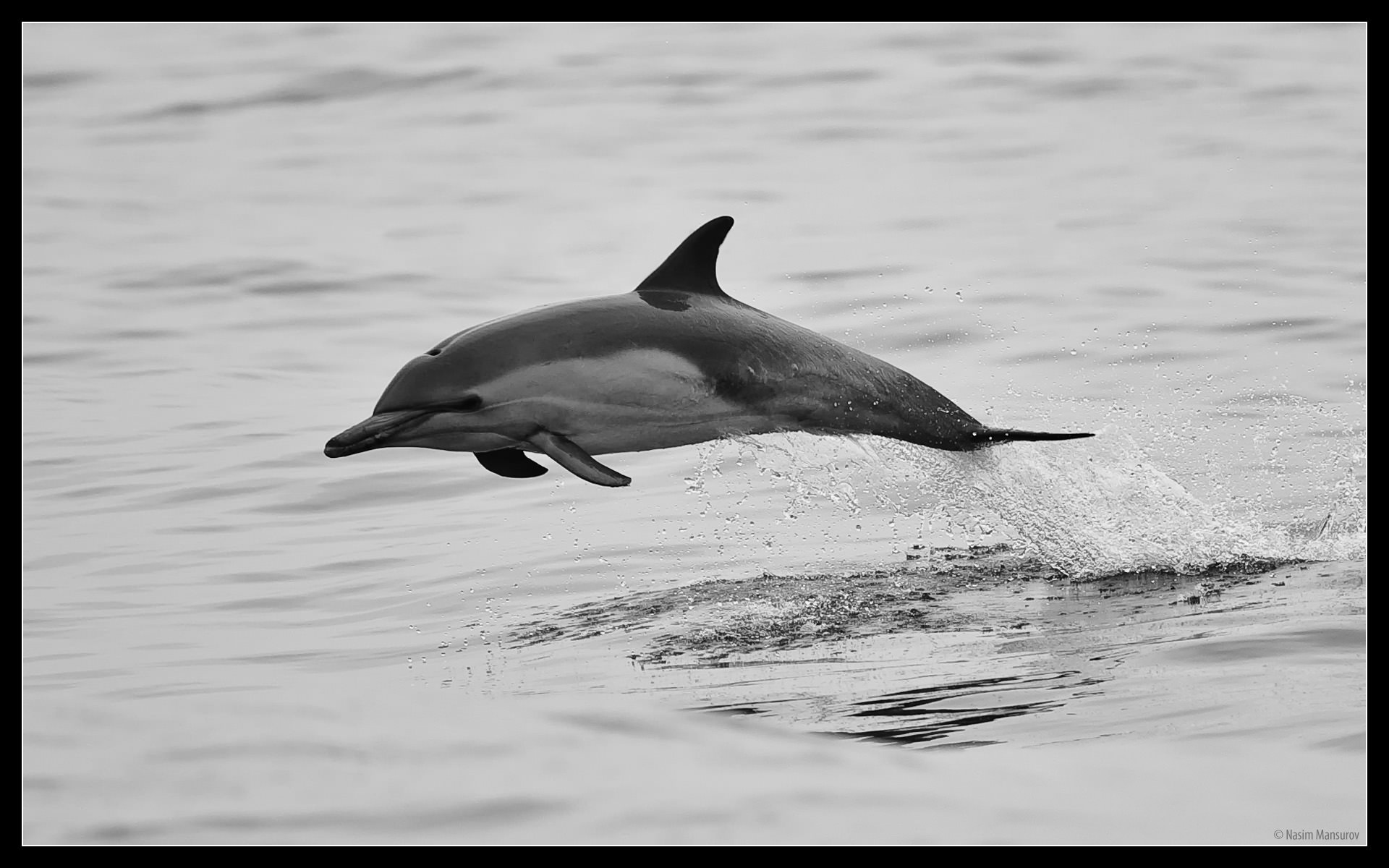Had this question myself…so I did some testing out back on the lanai using the 500PF, the Z 70-200 and 100-400 with and without the 1.4 and 2.0 TC, and using both DX and FX mode on all combos. Put the Z9 on my tripod and since I had very cooperative subjects (my wife's Teddy Bear named Gunther and a Boehm bird ceramic sculpture) on a table in the late afternoon light at about 20 feet or so range so I had frame filling shots.Good day. My question is, what are the differences between using a 1.5 teleconverter vs. dx mode?
A 500mm lens = 750mm in both incidences. Is there a good reason as to why people buy one, rather than use the DX camera mode?
I would do the experiment to find out the result(s) but I do not own a teleconverter.
Looked at all of those in LR with 1:1 previews and cropped everything to the same effective image size…bear and bird filling the frame…and my conclusion (looking at these on my Apple Studio Display monitor…was that there's not really much difference at all even pixel peeping at 100% and 200%. Very minor differences but to my eye they really aren't better/worse…just slightly different and all were pretty darned good. The 2.0TCs were slightly less good at pixel peeping magnifications.
OTOH, once I zoomed out to the normal…for me at least since output is almost exclusively screen for the blog…Fit option in LR and then going to full frame mode in LR and the differences for anything but the 2.0TC shots just isn't there…and even the 2.0TC shots aren't really worse…they're just not quite as good…but all of the shots are still very good.
My conclusion was that it doesn't make much difference…and if I"m so far away from the subject that I need 800mm because (an actual happening for me)…the park rangers at Yellowstone wouldn't let anybody. go closer than the road to the grizzly eating the bison killed in a battle over the lady bison so we were forced to shoot at probably 300 yards anyway. At that distance all you're going to get is environmental shots anyway and heat distortion and all the other factors that come up when shooting at extreme distances kill the IQ anyway (plus I was shooting on a D7500 at the time so older tech in sensor).
Once I did that…my order for the 800PF got cancelled because of use percentage and size/weight. Cost too but the bang for the buck just wasn't going to be there for me as an amateur…at least until I win the Powerball and no longer care how much anything costs. The 100-400 and 1.4TC are my go to birding lenses these days although as I said in another thread keeping the 500PF to use in DX mode on the Z7II is still under consideration…going to think about it over this birding season and probably do some more comparisons with the 500PF in DX mode vs the 100-400 and TC in both FX and DX mode at longer range subjects…but again all of the other long range subject problems start to come into play there. The pros and cons in the videos in the thread come into play in a decision as well.
I only have the Z TCs which are better optically than the F mount ones along with the Z lenses generally being better optically…and it is true that shifting to DX mode can make the AF subject detection a little better although this is still somewhat anecdotal since it's the same AF sensors being used.



